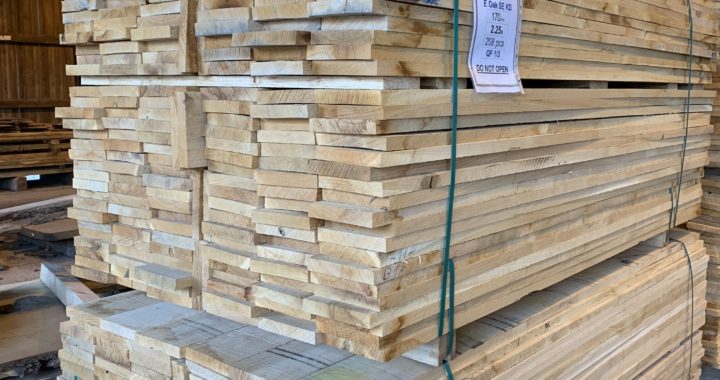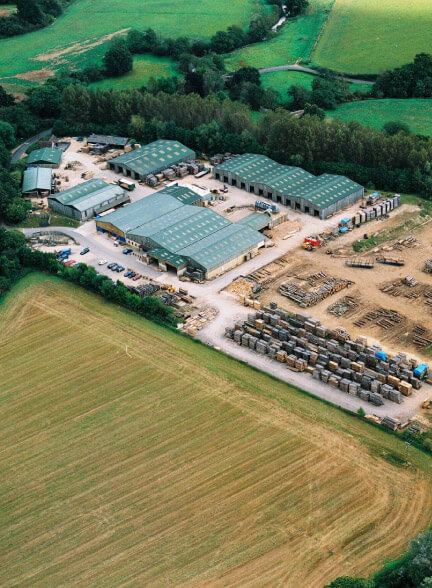The use of timber in construction is growing in the UK. According to the Structural Timber Association (STA) timber frame systems represented over a quarter of all UK housing starts in 2016, increasing by almost 9% over the previous year, compared with 3.6% growth in non-timber frame systems.
In addition, engineered wood products, such as Cross Laminated Timber (CLT) and glulam, are now facilitating a new generation of larger timber buildings in the UK and many countries around the world, including industrial and commercial buildings.
Much of the wood used in construction is sawn timber produced in sawmills using high quality logs from coniferous forests. Market forces will generally direct this timber to the highest value uses and it would not normally be expected for this resource to be used for energy. Other wood products used in construction, notably wood based panels, are generally made from lower quality small roundwood and from sawmill off cuts and shavings – materials which can potentially be used for bioenergy in different contexts.
Neither the sawn softwood, nor the wood-based panels, can be manufactured from forestry residues, i.e. branches, stumps, etc. According to the Forestry Commission, about a third of the sawn timber and half of the wood-based panels consumed in the UK in 2015 were supplied from UK forests.
There is a recognised need to reduce carbon emissions within construction to contribute to national GHG (greenhouse gases) abatement targets. This has been evident in the drive to improve energy efficiency of new buildings, retrofit of existing buildings and more general efficiency gains in delivery of construction projects, such as reduction of waste. The target of the Construction Sector Deal is a 50% reduction of carbon emissions by 2025, which will require sustained effort to reduce both operational and embodied carbon.
The GHG abatement benefits from using timber in construction are delivered by two separate effects. The first is the substitution of high embodied carbon products such as steel and concrete. This requires the life-cycle emissions of timber construction systems to be lower than those of masonry or steel-based systems on a functional equivalence (like-for-like) basis. The second effect is the sequestration and long-term storage of ‘biogenic’ carbon in the timber products themselves. For this to represent genuine abatement the timber used must be sourced from sustainably managed forests with stable or growing carbon stocks.
In 2011 the CCC concluded that it is more beneficial to use sustainably-sourced wood biomass for long-lived construction applications (where this is possible) than for bioenergy. This finding was informed by analysis undertaken by Pöyry that compared the GHG impact of timber and non-timber construction products, considering both substitution and sequestration effects. The new research presented in this report aims to update this previous analysis to reflect the latest evidence, to address methodological limitations and to take a more in-depth look at the potential GHG abatement impacts of increasing the use of timber construction in the UK.
Increasing the quantity of wood used in construction presents a significant opportunity to reduce GHG emissions. While reduction of embodied carbon within buildings can be achieved through various measures, an increase in stored sequestered carbon can only be achieved by increased use of biomass-based materials such as timber.












